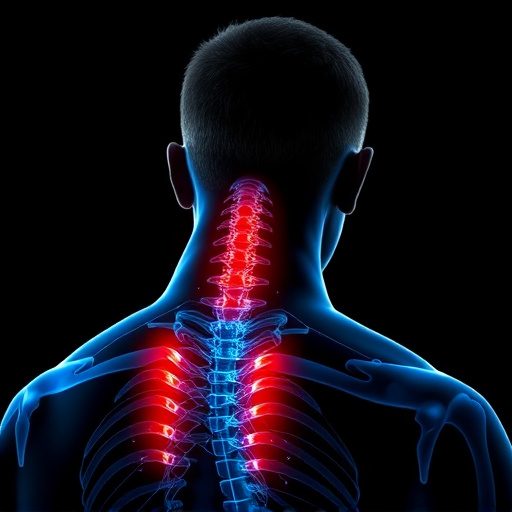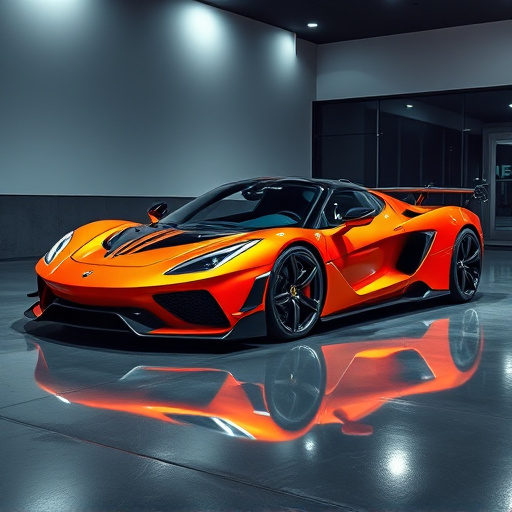Supercharger compatible intakes facilitate forced-induction techniques that boost engine performance by compressing and delivering rich air-fuel mixtures, significantly increasing airflow and pressure. Designing these intakes requires balancing factors like handling high flow rates, maintaining a smooth mixture, minimizing pressure drop, selecting durable materials, optimizing component shape for reduced turbulence, integrating advanced cooling systems, and achieving overall system efficiency to enhance power output under demanding conditions. These systems offer substantial advantages in automotive applications, improving performance, fuel economy, and tuning, as well as industrial uses requiring powerful compression.
“Unleash the power within your engine with an exploration of forced induction intake designs. This comprehensive guide delves into the heart of supercharger compatible intakes, shedding light on their intricate components and design considerations. From understanding forced induction’s fundamentals to uncovering its advantages in various applications, this article is a must-read for enthusiasts seeking to maximize performance. Discover how these systems enhance airflow, boosting power output, especially in supercharger setups, revolutionizing the driving experience.”
- Understanding Forced Induction and Its Components
- Supercharger Compatible Intakes: Design Considerations
- Advantages and Applications of Forced-Induction Systems
Understanding Forced Induction and Its Components

Forced induction is a powerful method to enhance engine performance by forcing more air into the combustion chamber than what would be possible through natural intake. This process involves components like a turbocharger or supercharger, which work in tandem with the engine’s intake system to compress and deliver a rich mixture of air and fuel. Supercharger compatible intakes are specifically designed to optimize this forced-induction system, ensuring seamless integration and maximizing airflow.
The key components of a forced-induction setup include an air intake, typically featuring a larger diameter to accommodate higher airflow, and a compressor or turbocharger. These components work together to increase pressure and boost the amount of air entering the engine. This method is particularly popular among car enthusiasts looking for increased power and acceleration, as it offers a significant performance upgrade over naturally aspirated engines.
Supercharger Compatible Intakes: Design Considerations

Supercharger Compatible Intakes: Design Considerations
When designing supercharger compatible intakes for forced-induction applications, several key factors come into play to ensure optimal performance and efficiency. These systems must not only handle the increased air flow demanded by superchargers but also maintain a smooth, efficient air-fuel mixture to maximize engine power and torque output. The intake design should prioritize low-pressure drop, ensuring that compressed air from the supercharger reaches the cylinder with minimal energy loss, thereby enhancing overall system performance.
Moreover, materials selection is crucial for supercharger compatible intakes. High-quality, durable materials that can withstand elevated temperatures and pressure differentials are essential. Optimizing the shape of the intake manifold and air intake components to reduce turbulence and promote laminar airflow further enhances efficiency. Additionally, incorporating advanced cooling systems or heat exchangers in the design can help manage the increased thermal load associated with forced-induction setups, ensuring consistent performance under demanding conditions.
Advantages and Applications of Forced-Induction Systems

Forced-induction systems, such as supercharger compatible intakes, offer several significant advantages for automotive enthusiasts and performance engineers. One of the primary benefits is their ability to dramatically increase engine power and torque output. By forcing more air into the combustion chamber, these systems enable engines to burn fuel more efficiently, resulting in higher horsepower and faster acceleration. This makes them particularly popular among those seeking to enhance vehicle performance, especially in high-performance sports cars and off-road vehicles.
Additionally, supercharger compatible intakes provide a smoother and more efficient flow of air into the engine. Unlike natural aspiration, forced-induction systems can maintain optimal air pressure across a wider range of engine speeds and loads. This enhances overall engine performance, improves fuel economy, and allows for more precise tuning. Applications extend beyond high-performance vehicles; they are also valuable in industrial settings where powerful, efficient compression is required, such as in marine engines and specialized machinery.
Forced-induction systems, particularly supercharger compatible intakes, offer a powerful boost in engine performance. By understanding the fundamental components and design considerations, car enthusiasts can unlock the full potential of their vehicles. These advanced systems provide significant advantages in terms of torque, horsepower, and efficiency, making them popular choices for various applications, from everyday driving to competitive racing. With careful planning and implementation, forced-induction intake designs can revolutionize the way we experience high-performance automotive engineering.














